The Watercolour World: preserving images of vanishing nature
Duke and Duchess of Cornwall among backs of new project to digitise pre-1900 watercolours
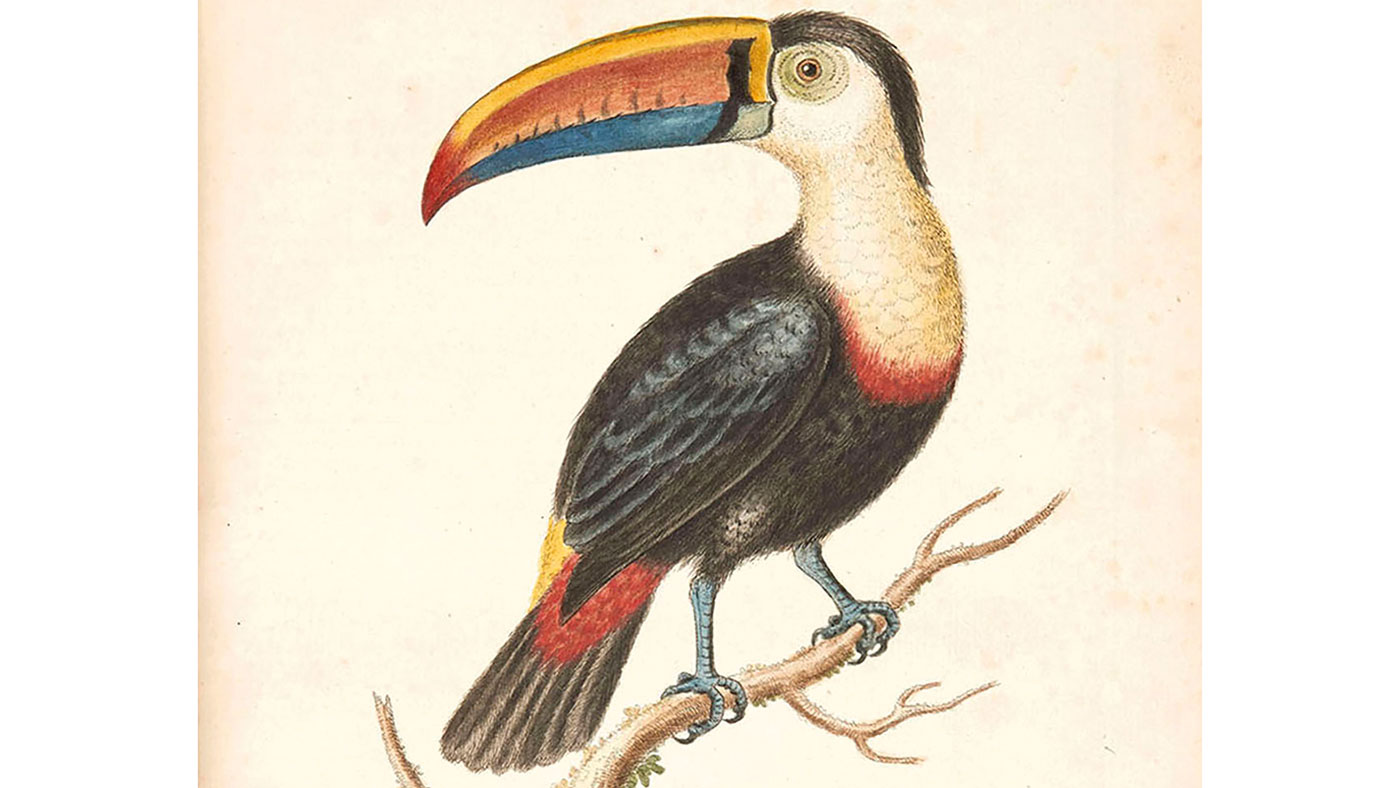

We’re used to seeing watercolours hanging on our walls at home or in galleries. We’re perhaps less used to seeing them as historical records of a world before film. But for many of those painted before the 20th century, that is what they are. Yet watercolour paintings are liable to fade over time and for that reason many are shut away out of sight. A new online initiative launched last Thursday with the support of the Duke and Duchess of Cornwall has set out to change that.
A colourful past
The Week
Escape your echo chamber. Get the facts behind the news, plus analysis from multiple perspectives.

Sign up for The Week's Free Newsletters
From our morning news briefing to a weekly Good News Newsletter, get the best of The Week delivered directly to your inbox.
From our morning news briefing to a weekly Good News Newsletter, get the best of The Week delivered directly to your inbox.
The Watercolour World project invites museums, galleries and the public to identify watercolours painted before 1900. Using a special portable scanner, the paintings are then digitalised and stored online for the future. “With the world at risk from climate change, rising sea levels and worse, the project will provide scientists and environmentalists with an accurate visual account of much of the natural world as it used to be,” says founder Fred Hohler. “And to conservationists and historians, it will provide the evidence to conserve and rebuild structures, to find lost places and to see the roots of human progress.”
The project is also expected to shine a light on female artists. After all, “there were enormous numbers of well-trained women, who, while their husbands were off shooting tigers, were actually doing something useful”, Hohler tells The Daily Telegraph. By chance, the York Art Gallery’s Ruskin, Turner & the Storm Cloud: Watercolours and Drawings exhibition, which opens on 29 March, proves the point, notes Naomi Rea on Artnet News. The exhibition showcases the work of Emma Stibbon, a British artist who last year retraced Turner’s steps to photograph the Alpine scenery that he, and later John Ruskin, painted. “Juxtaposed with the watercolours, Stibbon’s new images provide powerful testimony to the damages wreaked by glacial retreat,” says Rea. The exhibition runs until 23 June.
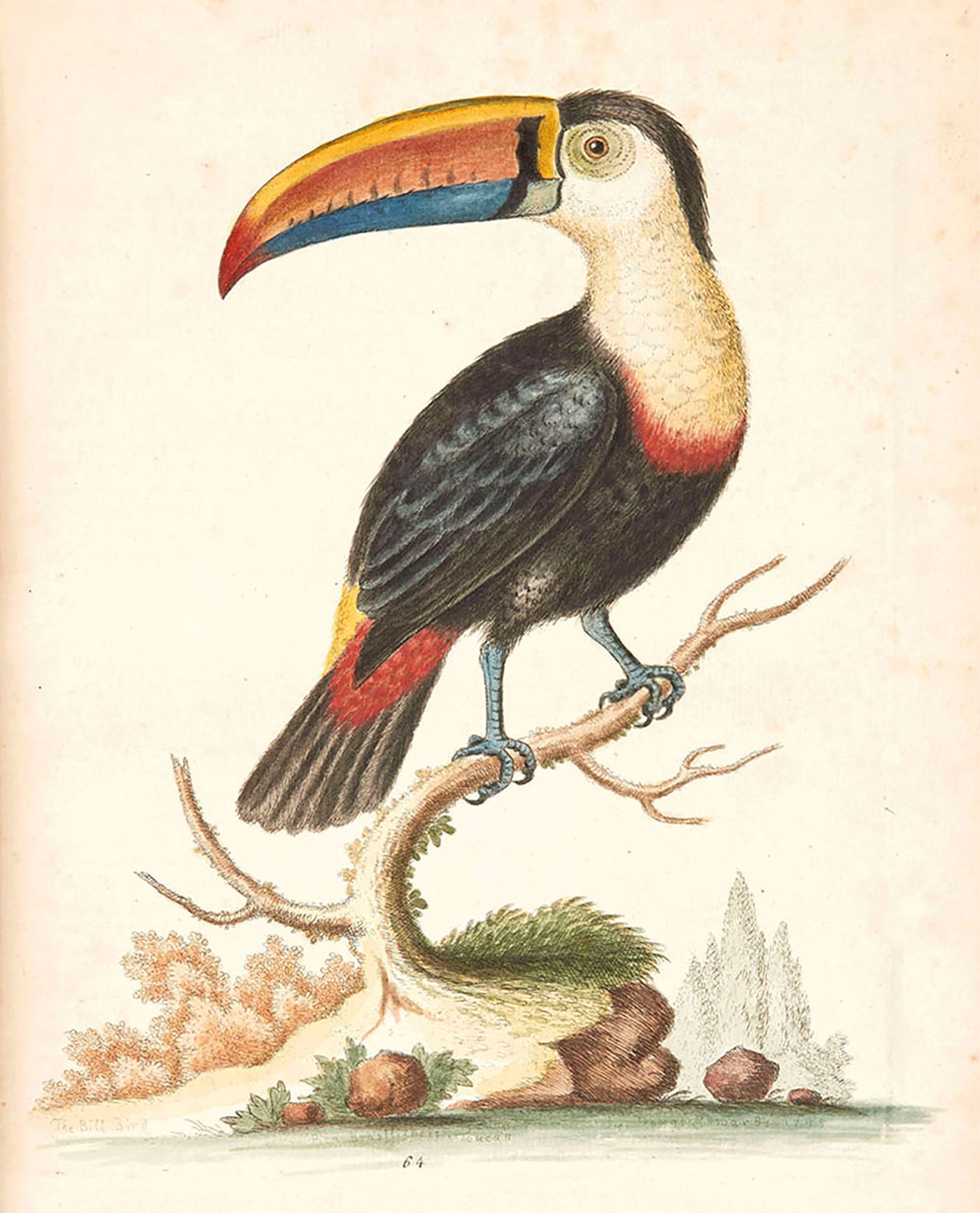
Uncommon birds
Rare books offer an alternative source of early records of the natural world. John James Audubon’s The Birds of America, published between 1827 and 1838, is one of the most prized. A first edition sold for $9.65m last June. Another fine example is the copy of A Natural History of Uncommon Birds that is going up for auction with Christie’s in Paris on 20 February. (An image from the book is pictured.) Published in 1743 by the “father of British ornithology”, George Edwards, the book offers “a brief and general idea of drawing and painting in watercolours… exhibited in 210 copper-plates” of “uncommon birds and some other rare and undescribed animals, quadrupedes, fishes, reptiles and insects”. It is expected to sell for between €30,000 and €40,000.
A free daily email with the biggest news stories of the day – and the best features from TheWeek.com
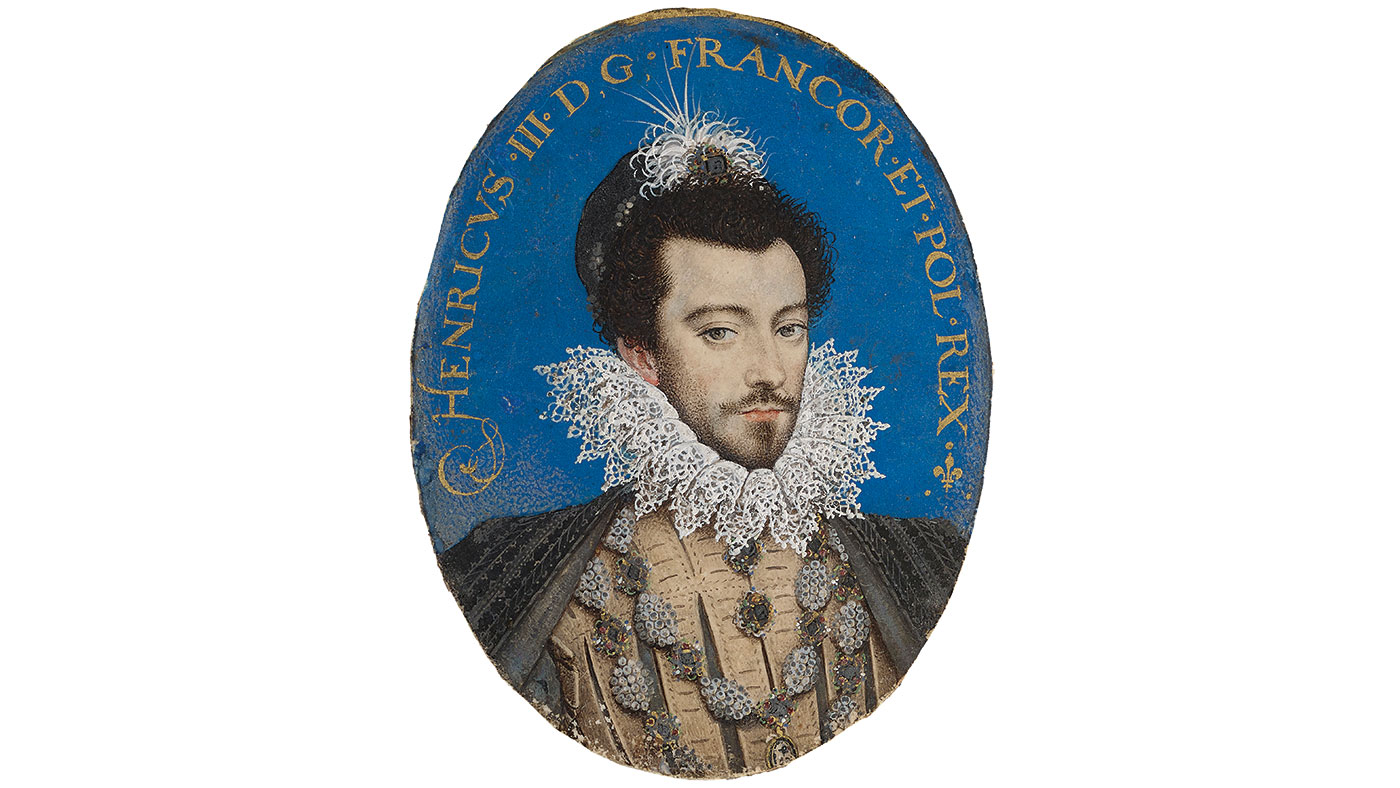
A diamond among miniatures
A rare miniature portrait of King Henri III, who ruled France from 1574 to 1589, by celebrated English artist Nicholas Hilliard, is to appear at the National Portrait Gallery’s exhibition, Elizabethan Treasures: Miniatures by Hilliard and Oliver, from 21 February to 19 May in London. The tiny painting had been catalogued as being from the “19th century” when it was auctioned in France in 2013. However, miniatures expert Emma Rutherford dated it to 1570. It is estimated to be worth at least £750,000.
“In terms of miniatures, it’s like unearthing the biggest diamond you’ve ever seen,” she told the Evening Standard last week. “You cannot believe this has been hidden, not commented upon, not ever before exposed as the wonderful Renaissance portrait that it is.”
It’s just as well that the painting (pictured) was so well hidden as many images of the unpopular king were destroyed after his assassination and possessing any picture of a monarch during the French Revolution would have landed you in trouble. “So it’s survived two great iconoclastic times in France,” says Rutherford. “We call these miniatures jewel-like. This is the epitome of that. It’s Hilliard at his finest… absolutely glorious.” While the painting’s provenance is a mystery, one theory (and an explanation for its survival) is that it is “the picture of the frenche Kinge in a rounde case of tinne”, recorded at Leicester House in London around 1578. The miniature today forms part of the Djanogly Collection.
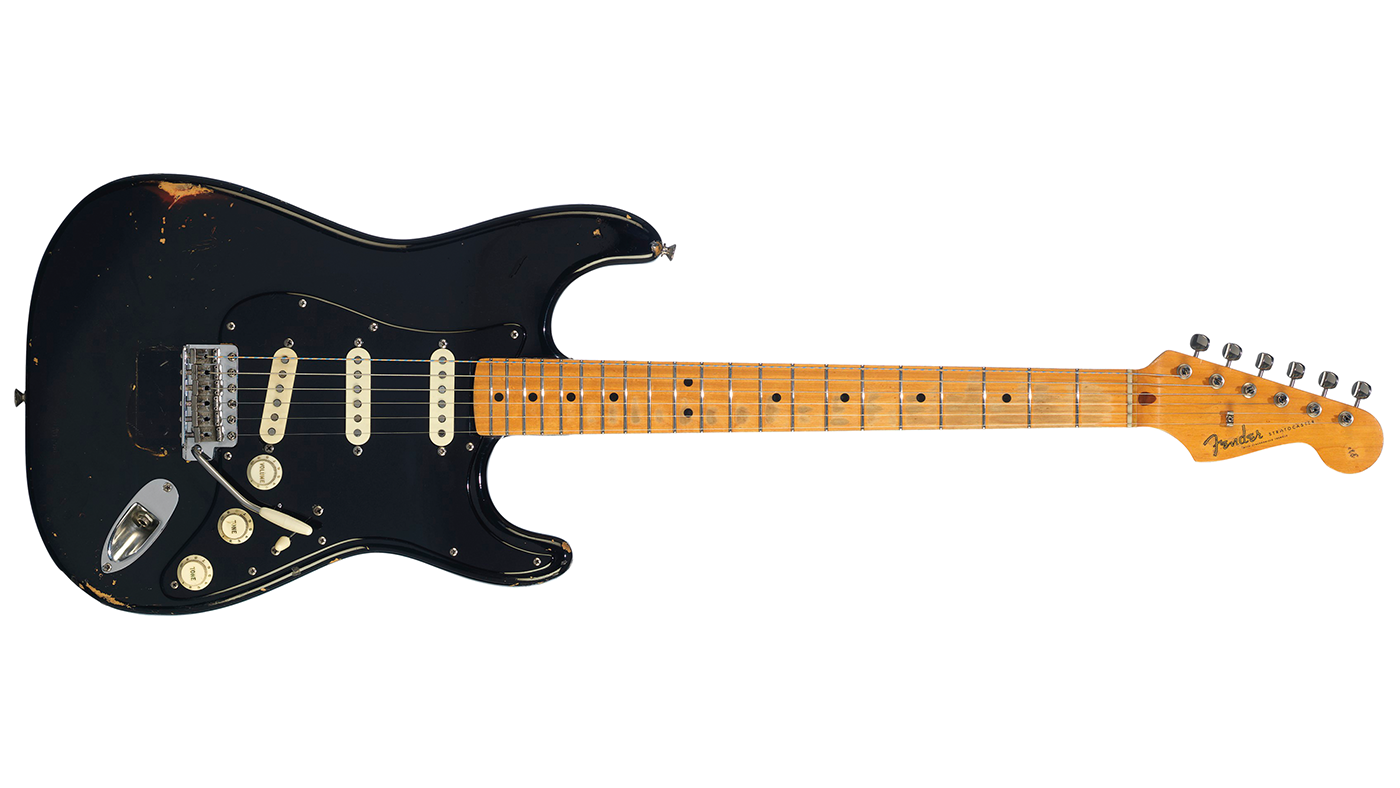
Auctions
Going: Pink Floyd guitarist David Gilmour’s iconic 1969 black Fender Stratocaster is to go under the hammer with Christie’s in New York. The “Black Strat” (pictured) was Gilmour’s primary performance and recording guitar between 1970 and 1986, “and was key to the development of the Pink Floyd sound”, says the auction house. Gilmour played the guitar when recording such albums as The Dark Side of the Moon (1973), Wish You Were Here (1975), Animals(1977) and The Wall (1979). It is expected to fetch $100,000-$150,000 as part of The David Gilmour Guitar Collection on 20 June.
Gone: In December, a cream-coloured Fender Stratocaster was sold at Bonhams in London on behalf of the Rainbow Children’s Hospice. It had been signed by numerous music legends, such as Gary Moore of Thin Lizzy, Bill Wyman (The Rolling Stones), Pete Townshend (The Who), Jimmy Page (Led Zeppelin), Eric Clapton (Cream), Brian May (Queen), Mark Knopfler (Dire Straits), Don Mclean and Alice Cooper, among others. It made £8,750 on the day, including buyer’s premium. A number of guitars played by Judas Priest’s KK Downing were also part of the entertainment memorabilia sale. The one that fetched the highest price by far was the 1967 red-finish Gibson Flying V, played by Downing. It sold for a total of £150,000.
This article was originally published in MoneyWeek
-
 Ashes to ashes, ducks to ducks: the end of Bazball?
Ashes to ashes, ducks to ducks: the end of Bazball?Talking Point Swashbuckling philosophy of England men’s cricket team ‘that once carried all along with it has become divisive and polarising’
-
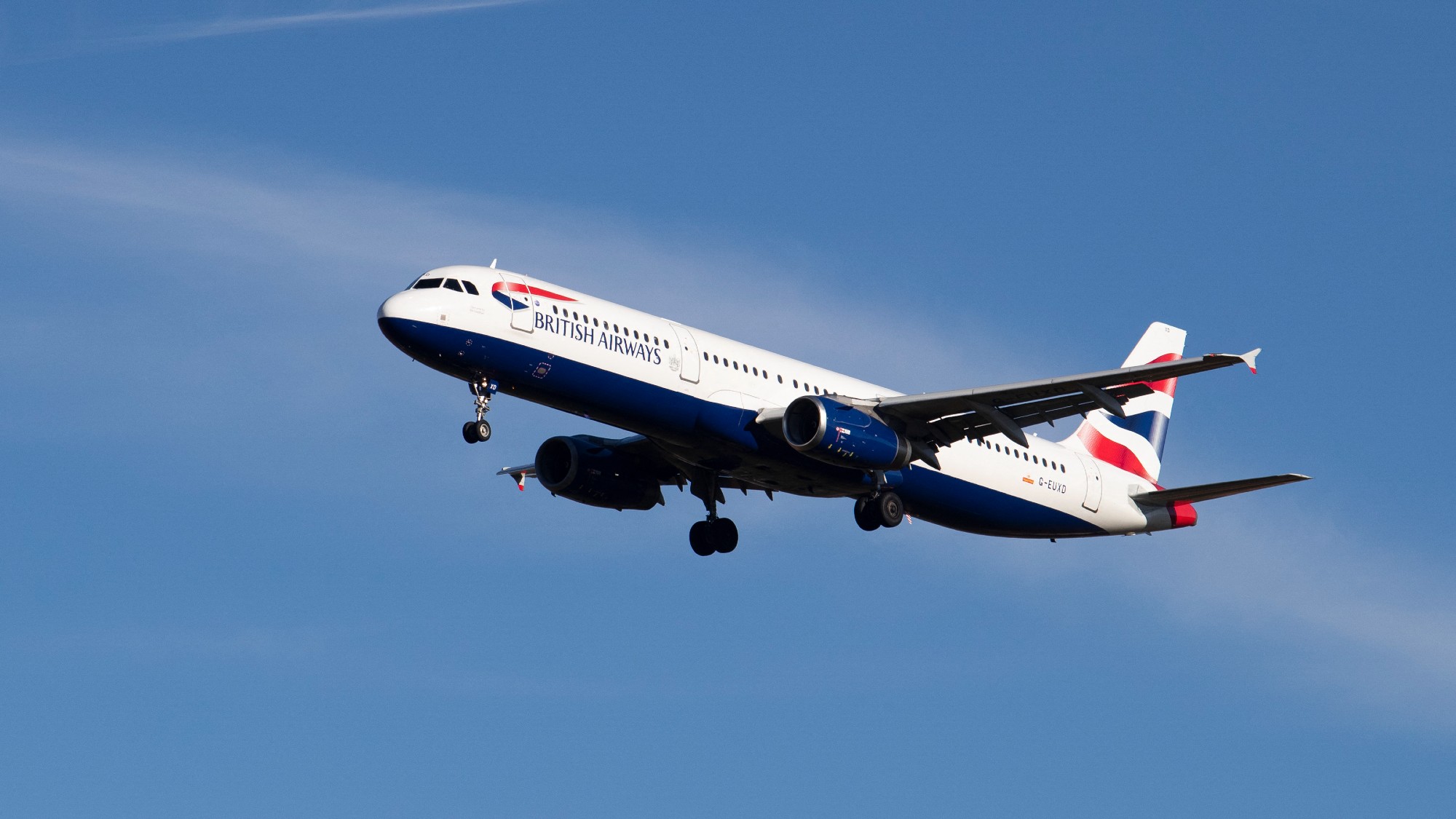 The strangely resilient phenomenon of stowaways on planes
The strangely resilient phenomenon of stowaways on planesIn The Spotlight Lapses in security are still allowing passengers to board flights without tickets or passports
-
 Four Seasons Seoul: a fascinating blend of old and new in South Korea
Four Seasons Seoul: a fascinating blend of old and new in South KoreaThe Week Recommends Located right in the heart of the action, this classy hotel is the perfect base to explore the capital
-
 The rise of the lost luggage auction
The rise of the lost luggage auctionIn the Spotlight Lost luggage hauls are attracting millions of views online
-
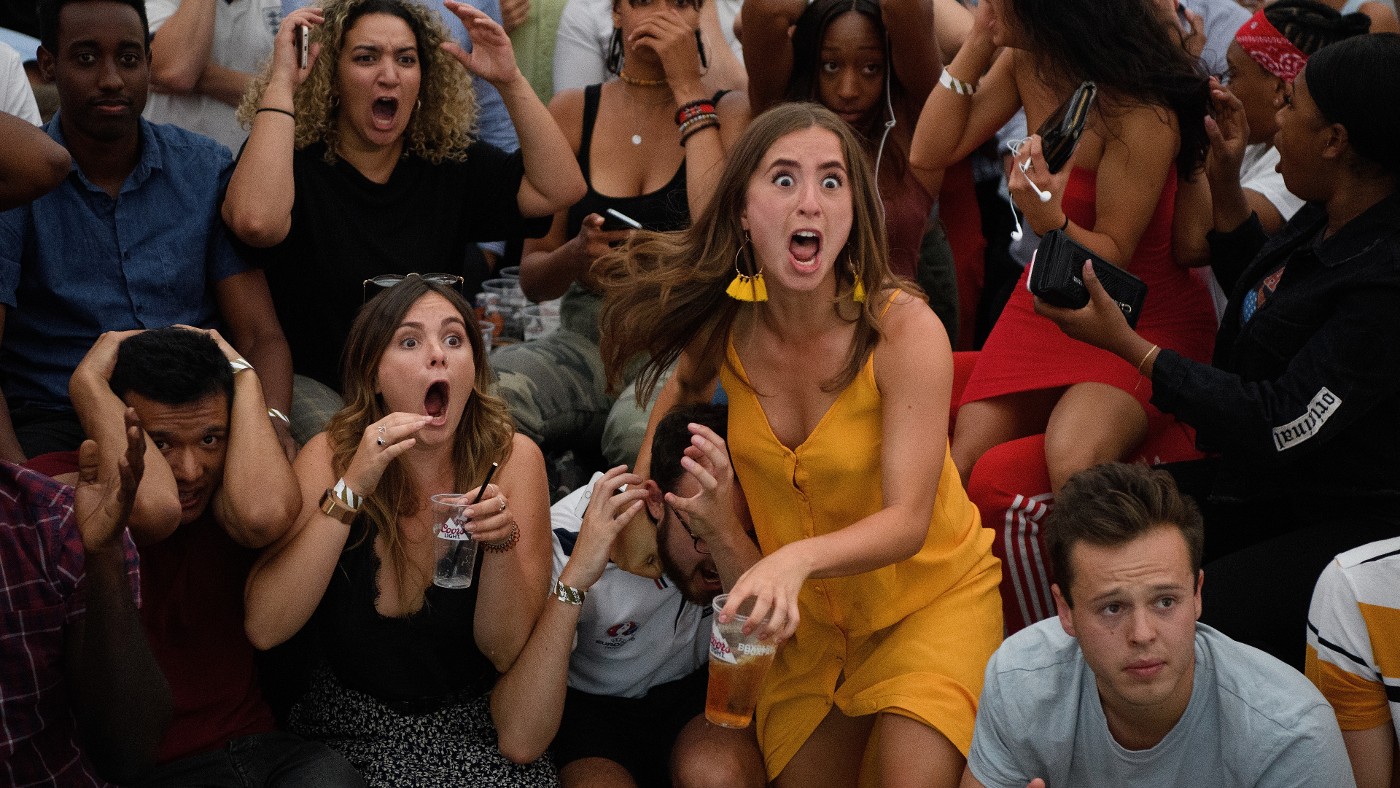 Most US adults ‘have been visited by dead relative’
Most US adults ‘have been visited by dead relative’feature And other stories from the stranger side of life
-
 Sport on TV guide: Christmas 2022 and New Year listings
Sport on TV guide: Christmas 2022 and New Year listingsSpeed Read Enjoy a feast of sporting action with football, darts, rugby union, racing, NFL and NBA
-
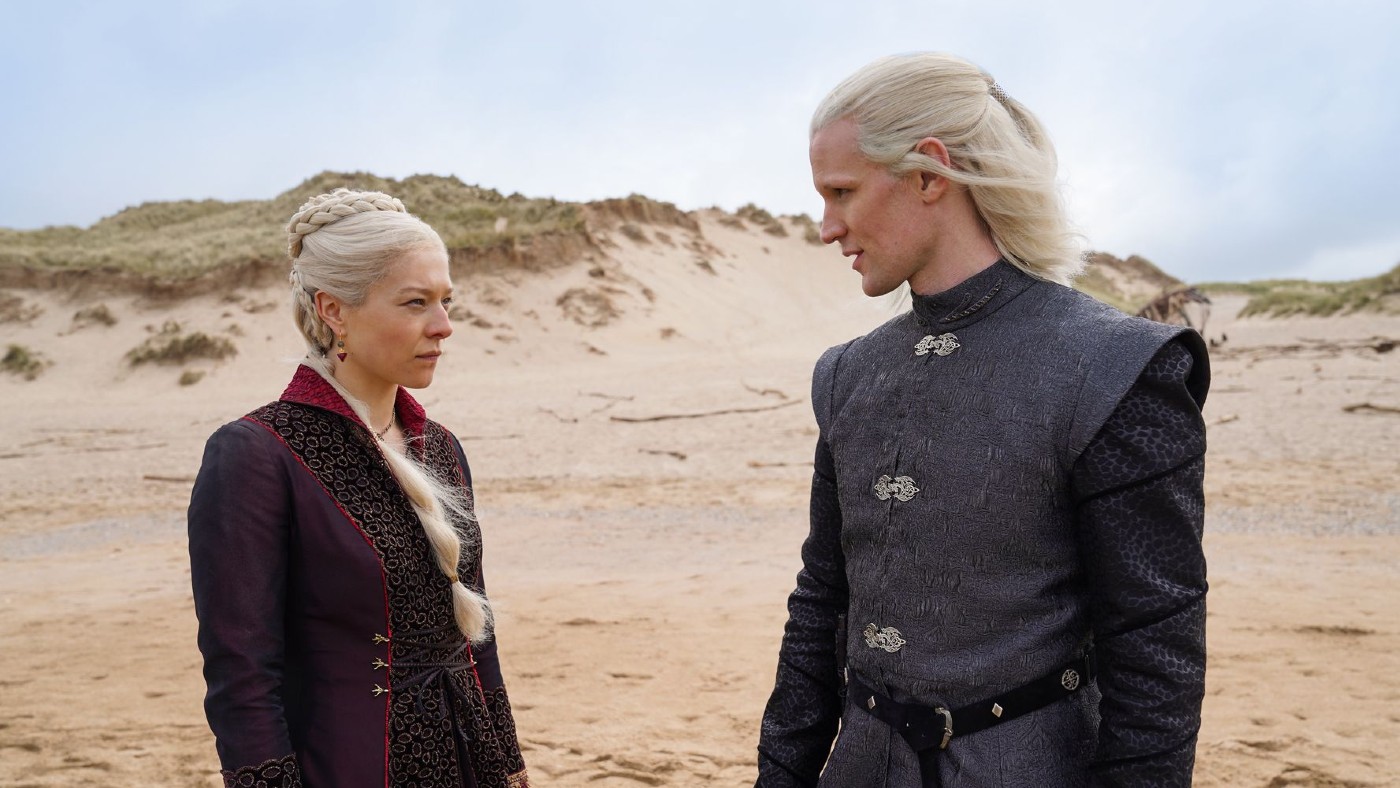 House of the Dragon: what to expect from the Game of Thrones prequel
House of the Dragon: what to expect from the Game of Thrones prequelSpeed Read Ten-part series, set 200 years before GoT, will show the incestuous decline of Targaryen
-
 One in 20 young Americans identify as trans or non-binary
One in 20 young Americans identify as trans or non-binarySpeed Read New research suggests that 44% of US adults know someone who is transgender
-
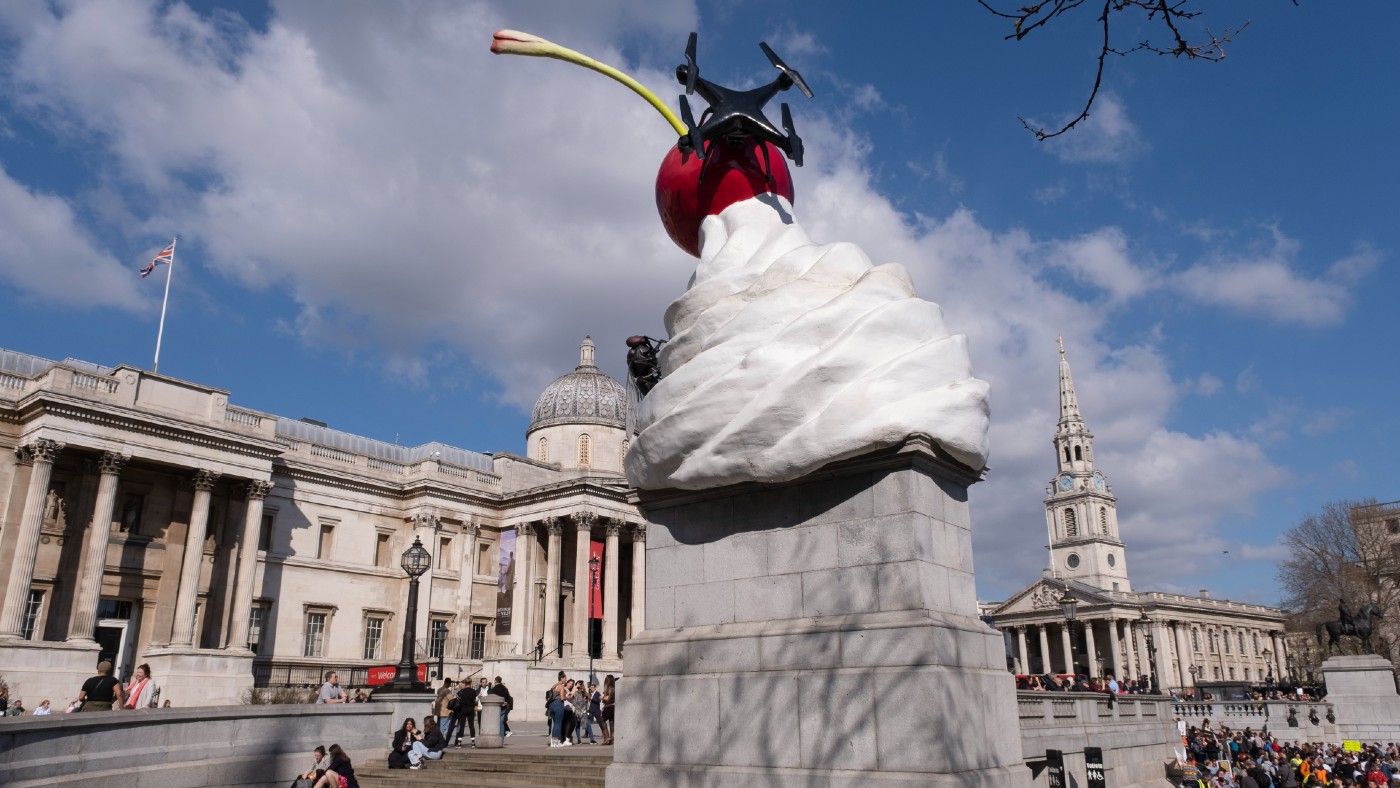 The Turner Prize 2022: a ‘vintage’ shortlist?
The Turner Prize 2022: a ‘vintage’ shortlist?Speed Read All four artists look towards ‘growth, revival and reinvention’ in their work
-
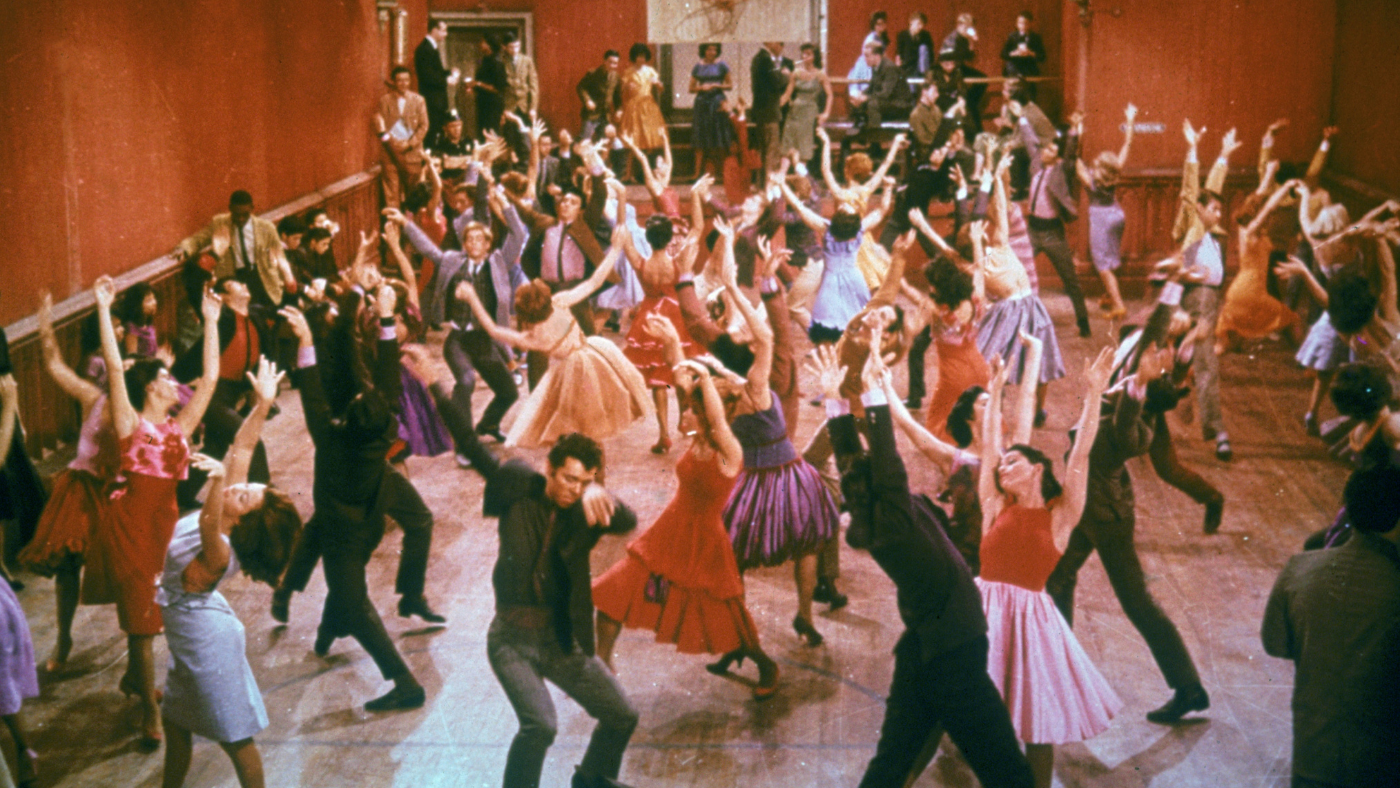 What’s on TV this Christmas? The best holiday television
What’s on TV this Christmas? The best holiday televisionSpeed Read From films and documentaries to musicals for all the family
-
 Coco vision: up close to Chanel opticals
Coco vision: up close to Chanel opticalsSpeed Read Parisian luxury house adds opticals to digital offering